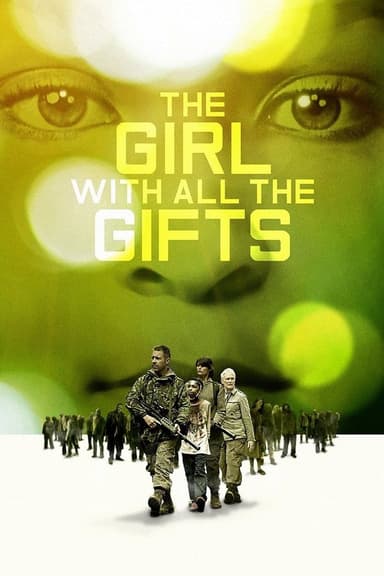
The Howling
1981 • Horror • R
After a bizarre and near fatal encounter with a serial killer, a newswoman is sent to a rehabilitation center whose inhabitants may not be what they seem.
Runtime: 1h 31m
Why you should read the novel
Delving into the original novel, The Howling by Gary Brandner, provides a far richer and more immersive horror experience than simply watching the movie. The novel’s atmospheric writing, character development, and chilling narrative let you spend more time in the protagonist's shoes, feeling her terror and isolation in a way the film can’t quite capture. Brandner’s descriptions invite readers to explore the eerie village, its haunted woods, and its lurking secrets, building slow, relentless dread that lingers long after you turn the last page.
The book also delves deeper into the psychological trauma and emotional struggles of its lead character, shaping a powerful story about survival and transformation beyond just werewolf horror. The rich inner lives of the characters—and their relationships within the claustrophobic community—are painted with nuance and subtlety, offering complexities that the film adaptation streamlines or glosses over. For anyone seeking more than just scares, Brandner’s writing rewards readers with suspense and empathy in equal measure.
If you loved the movie’s central premise but want a more layered, unsettling, and hauntingly human story, the novel is a must-read. It uncovers aspects of the werewolf mythos often overlooked on screen, with plot twists and details that surprise even fans of the movie. Brandner’s original vision is darker, grittier, and will leave horror aficionados deeply satisfied—and maybe even a little afraid of the full moon.
Adaptation differences
One of the biggest differences between The Howling film and Gary Brandner’s novel lies in their plots and main characters. In the book, the protagonist is Karyn Beatty, who goes to the rural town of Drago to recover from a traumatic assault, while her husband Roy’s infidelity and the couple's crumbling relationship take center stage. In the movie, the protagonist is journalist Karen White, whose traumatic experience while working on a case leads her to ‘The Colony’—a retreat for people dealing with emotional stress—rather than a small isolated town. This completely shifts the focus of the narrative and the characters’ motivations, altering the thematic resonance between the two works.
The setting of the story also changes in significant ways. The novel's Drago is a small, sinister, and secretive village in the California wilderness, exuding a uniquely claustrophobic and almost gothic atmosphere. Conversely, the film sets ‘The Colony’ as an experimental therapy community with a more overtly modern psychological undertone, infusing the story with elements of pop-culture psychology and group therapy. These shifts in location and tone alter the flavor of the story and the kind of fear it elicits from the audience.
Additionally, the nature and appearance of the werewolves themselves differ between book and film. Gary Brandner’s werewolves are more traditional and wolf-like, and much of their menace comes from subtlety, suspicion, and the unknown, allowing fear to build through hints and allusions. In contrast, the movie famously showcases elaborate, monstrous werewolf transformations using cutting-edge practical effects for its time, focusing on spectacle and shock to create horror. This makes the movie’s tone more visceral and visually driven, while the book sustains tension through ambiguity and unease.
Finally, the endings diverge greatly. Brandner’s book closes on a dark, ambiguous note with only hints of survival and a pervasive sense of doom, leaving readers unsettled. The movie, meanwhile, opts for a dramatic and public revelation of werewolves, culminating in a televised transformation and an open-ended epilogue. This bold conclusion alters the thematic focus from personal dread and isolation to societal awareness and spectacle, offering a very different flavor of resolution and message compared to the source material.
The Howling inspired from
The Howling
by Gary Brandner











